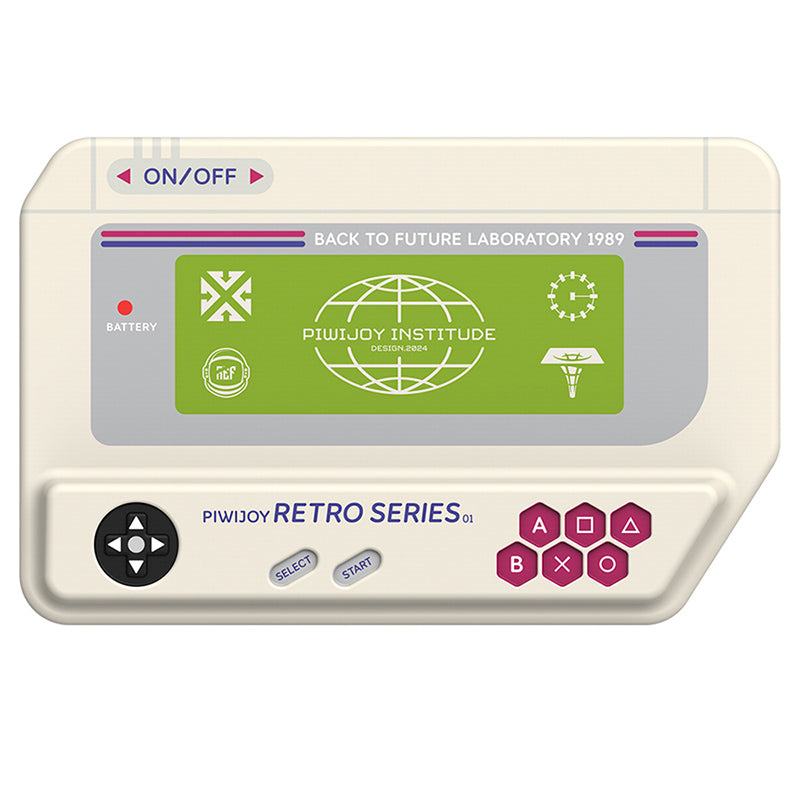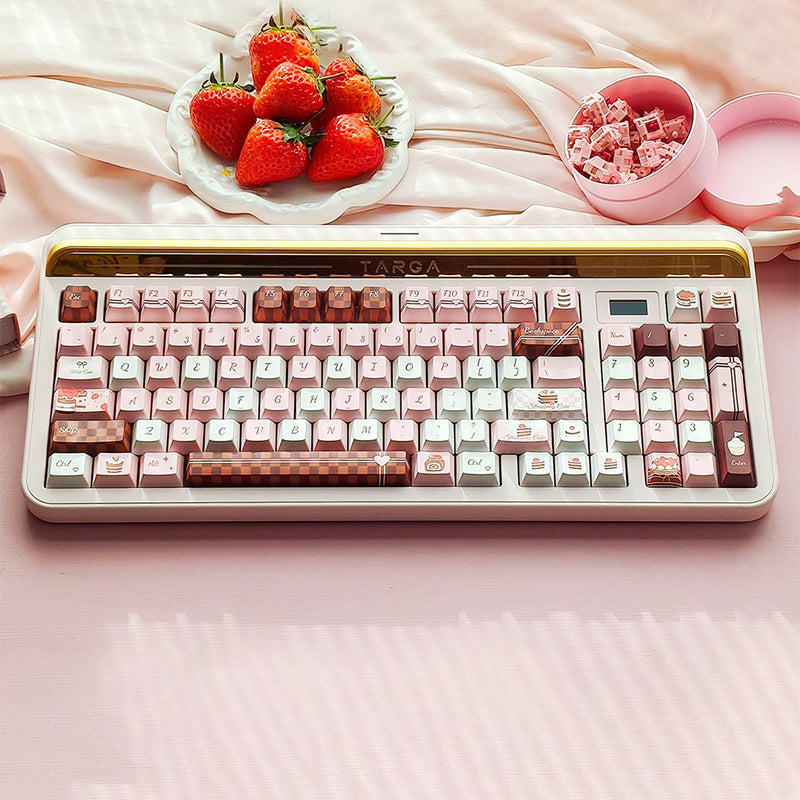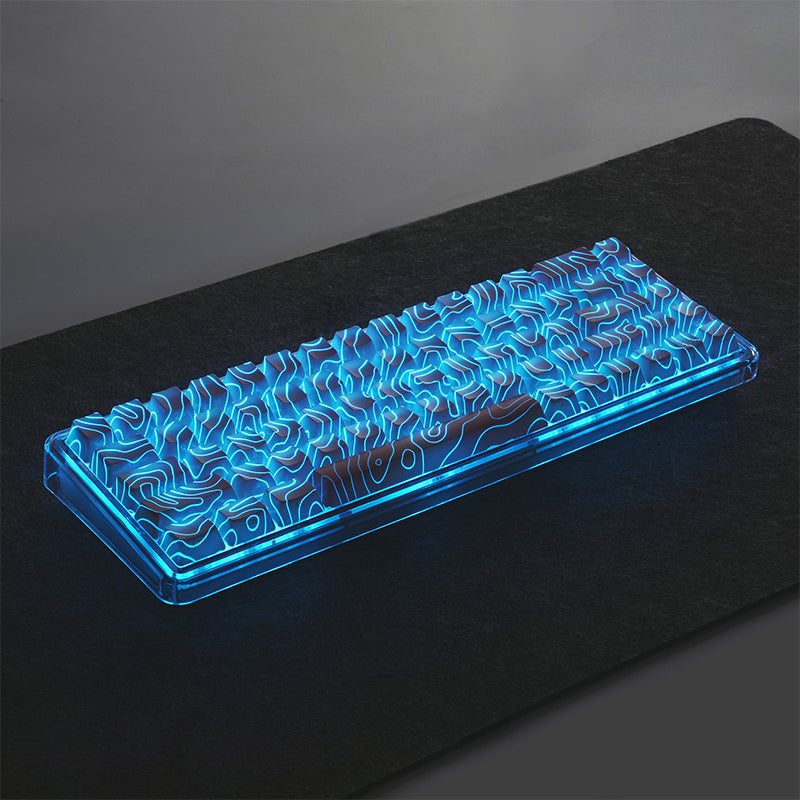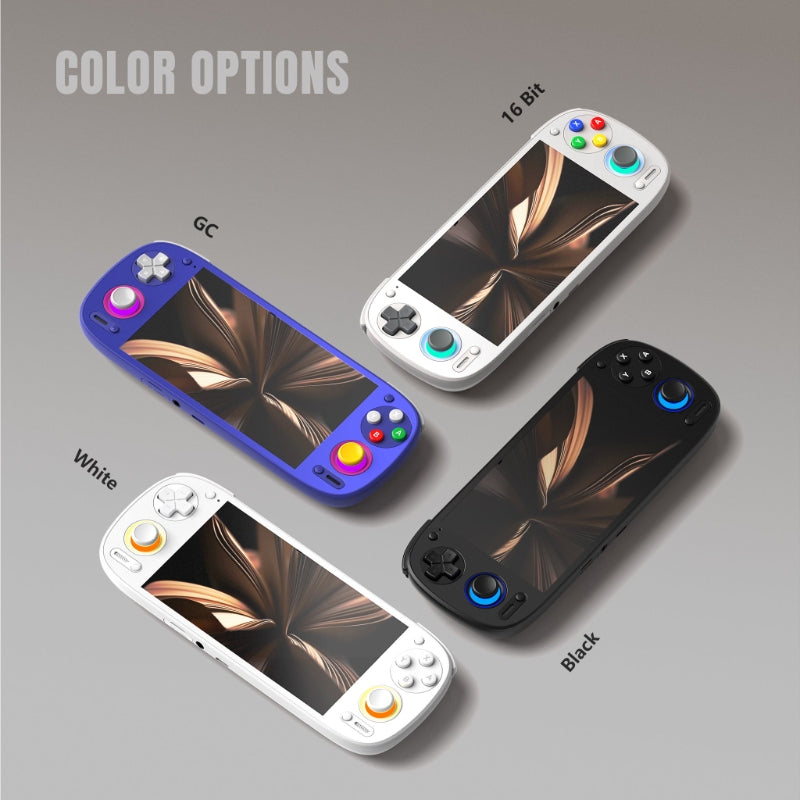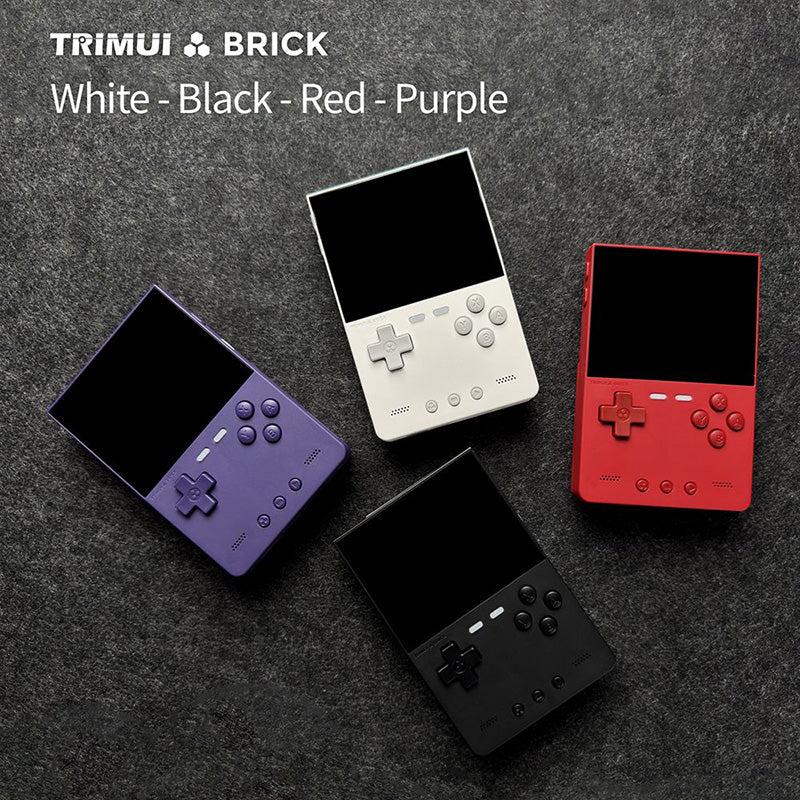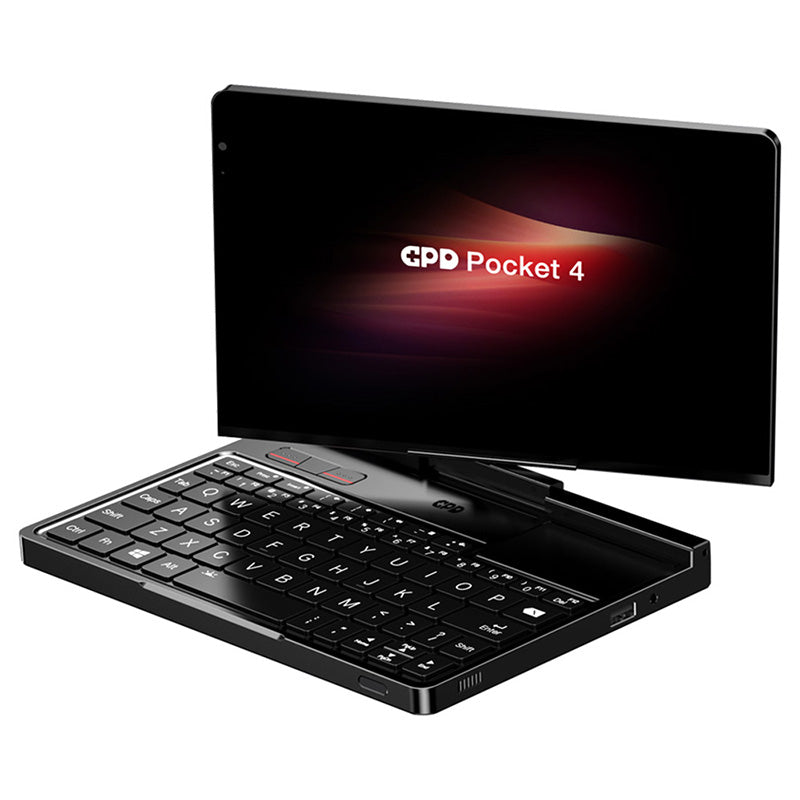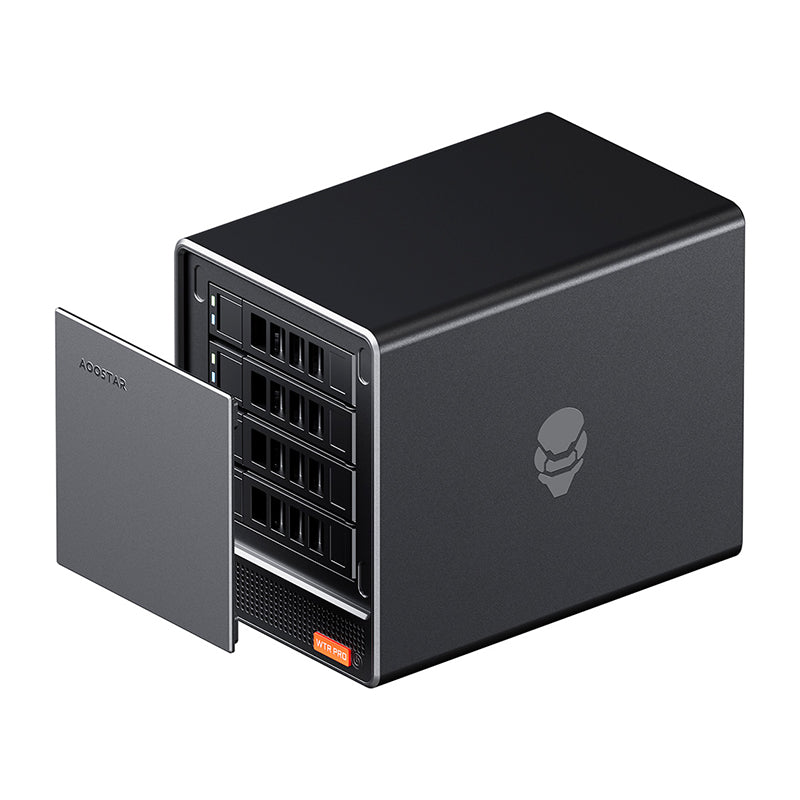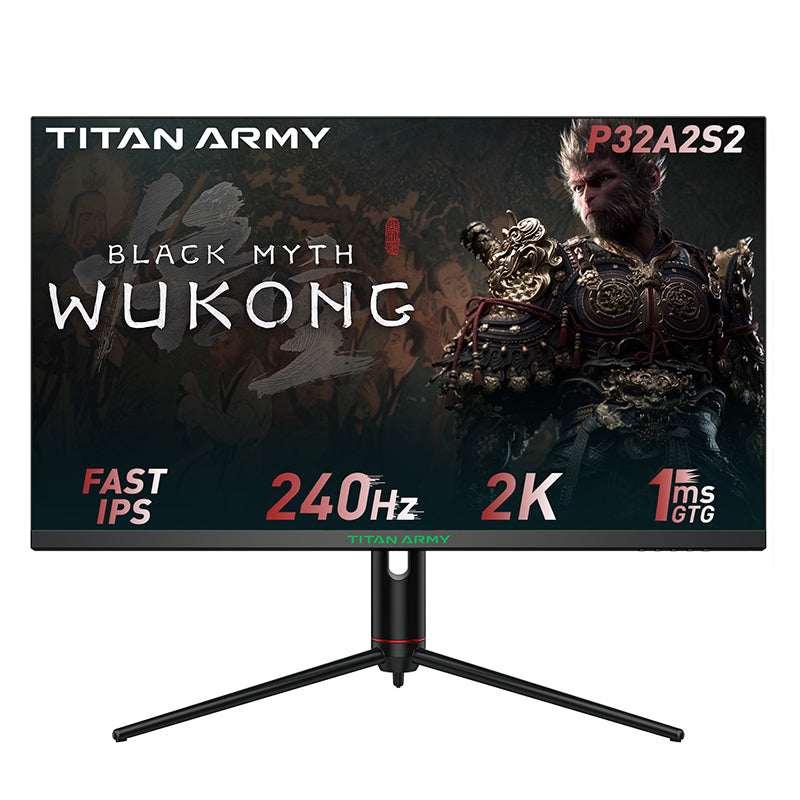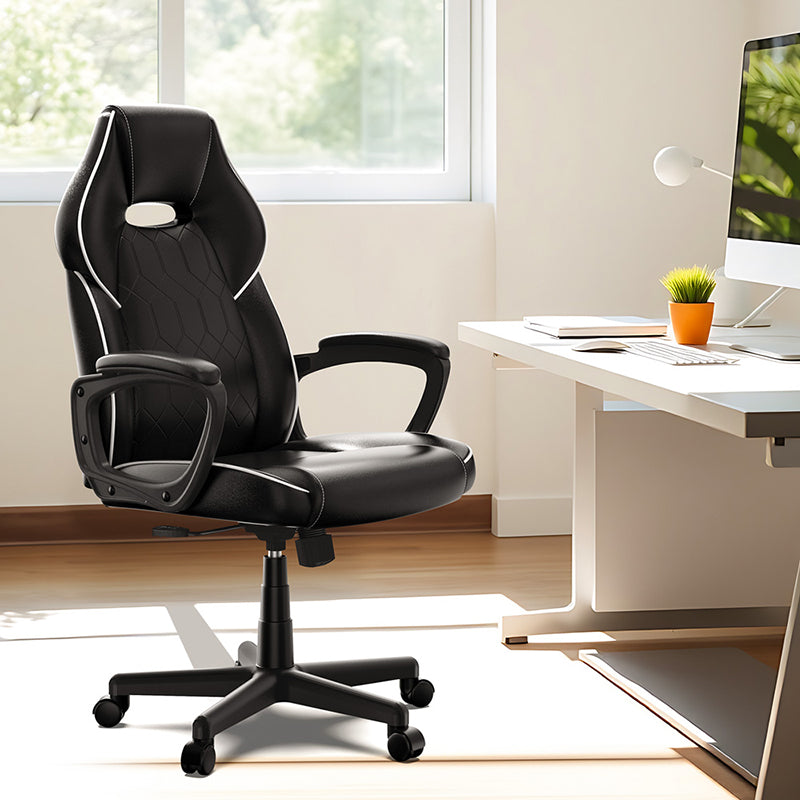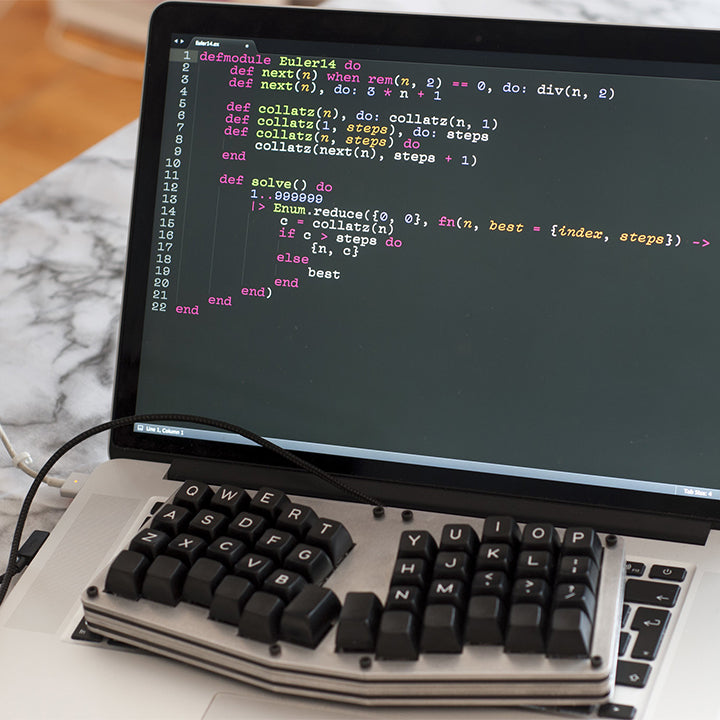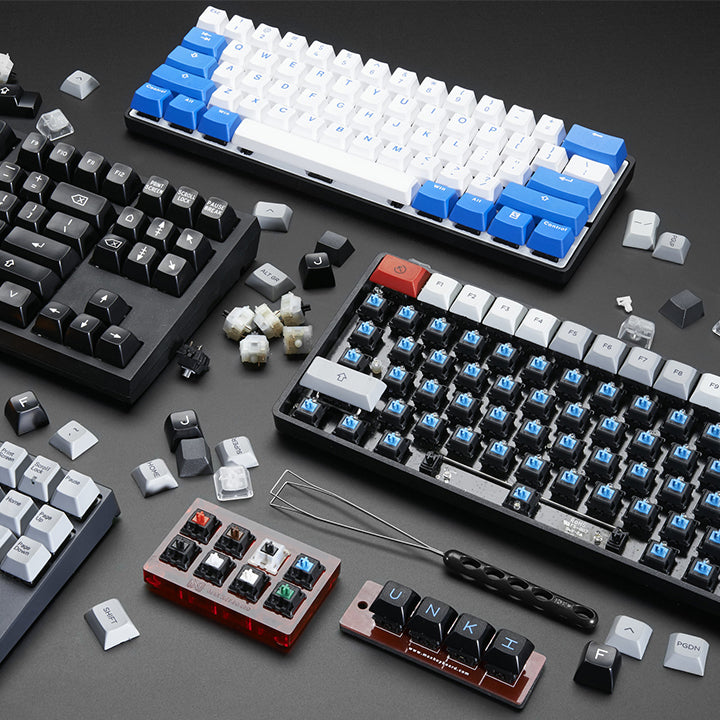Best Typing Mechanical Keyboard Switches
If your career requires a lot of typing, you've come to the right place. One of the best ways to improve your typing experience is to buy a mechanical keyboard, or replace the mechanical keyboard with a different type of switch.
Tactile switches are generally considered to be the best choice for typing, and usually yellow, brown or transparent colors are tactile switches. Tactile switches provide a comfortable feel and touch without being too noisy. Of course, if you have good control, linear switches are also a good choice, as they can be very responsive, very responsive, and are loved by gamers as well as typists. On the contrary, the Clicky switch is not popular because it is too noisy. Of course, if you don't think it will bother you with its excessive typing sound, then the Clicky switch is also a very good choice.

What is a Mechanical Keyboard
Mechanical Keyboards have for a while been crowned the kings of keyboards. They have for decades shown how much better than your regular membrane keyboards they are. Especially when it comes to typing, these keyboards have been in the market since the 1950s.
And the main reason they were made for was for programming and typing, to make these tasks a breeze. Over time, every piece of the mechanical keyboards has been improved to be better and better. The big difference between a mechanical keyboard and a normal membrane keyboard is that each key is placed individually on the board instead of lying on one large rubber dome mat.
Thus, skipping the need to switch the whole mat when one piece of it malfunctions. You can pick off any switch that does not work anymore and easily replace it with a mechanical keyboard.
Other differences are the whole improved experiences the mechanical switches provide. Everything runs smoother and more satisfying on a mechanical keyboard because they were made with the intent to improve your workflow.
The mechanical keyboards come in different shapes and sizes. All made for the sake of helping you find exactly what you are looking for. So let’s jump in and take a look at one of the two most important characteristics a mechanical keyboard has sizes:
Mechanical Keyboard Size
Full Size: This one is the largest out of them all. It includes everything you can find on a keyboard, from a number pad on the right all the way to a full set of F and Number rows. This type is perfect for working with numbers because that number pad can make your workflow much easier.
Compact: This is just like the Full Size, only for the one big difference that every key is joined together, leaving no space between them.
Alice/Split: The alice/split keyboard is also known as the ergonomic keyboard, just like the name, you can imagine the shape of the split when its keys are pressed. FEKER Alice80 keyboard is a very good Alice layout keyboard.
Ergobox: Ergodox layout keyboards are a completely separate keyboard shape that separates keys into two parts that can be linked and repeated.
1800: The 1800 mechanical keyboard is not as big as a full-size keyboard, and the layout will be more compact, and there are fewer function keys, sometimes it will carry a knob to replace it, and the dukharo vn96 is 1800, but it replaces four keys with knobs.
TenKeyLess or TKL, 87%, and 80%: These three are about the same size, and the one big change in them is the removal of the whole number pad on the right. This one is probably the best option for writers since you have all you need to write effortlessly.
70% or FRL: A mechanical keyboard of this size is similar to a keyboard with a TKL layout, but lacks the row of F keys.
75% or Exploded 75%: This size is close to the TenKeyLess. The difference is that the arrow keys on the 75% are joined right next to their friends, leaving no dead space.
65% or Exploded 65%: If you are a hybrid between a typist and a gamer, this is for you. You have all you will ever need to write whatever you want. Everything is joined together, so once you are used to the layout, you will be able to type and game with so much ease. The one big change here is the removal of the F-row on top. To get access to the abilities of the F row, you will have to combine keys.
60%: This size is just like the 65% except for the fact that not only the F rows are missing but also the arrows. To get access to the missing keys, you will have to combine keys.
40% or OLKB: This one is for the savvy. It is the smallest, which can mean it is perfect for those that can have fast fingers. The catch is that there is no F row, no number row, and no Arrow keys. To get access to all of them, you need to combine keys. This can be crazy good for those that can get used to it because everything will be under your fingers. The downside is that this size is difficult to find out there.

The sizes are a big part of the experience of a mechanical keyboard. They can make or break the whole workflow you have. Now that you know all about them, let’s jump into the juicer side, Mechanical Switches.
What are Mechanical Switches?
Mechanical switches are basically where the name Mechanical Keyboard comes from. These are what lay below your keycaps, actuating every button you push. You can go with one of three types for these: Linear, Tactile, and Clicky.
Each of those comes in two different types that differ on the amount of force needed to actuate the keys. This difference in the effort to push a key is not that noticeable but is worth noting. A little more about them can be found later on.
Each one of them offers a different set of characteristics that some find appealing and others annoying. First, let’s take a look at what makes each of these switches what they are.
Linear Switches
This type of switch is known as the smoothest and fastest of them all. It comes with a clean travel as you push with no tactile bump, making it a smooth push. With the added plus of silent keys for those that hate the clicky sound some switches make.
Gamers prefer this one because it takes the least effort to actuate each key, giving you faster response times. Any typist can easily pick this up if this is what suits their desires. These usually come as the Reds and Blacks. The difference between the two is that the black needs a bit more effort to push the key.
Tactile Switches
This is where the other types come together to make what is said to be the best switch yet. This brings the best qualities out of the two switches and brings them together. Tactile switches bring you a tactile bump that you feel every time you press a button.
Some find this so useful as it is a kind of assurance to be confident that a whole key is pressed without checking on the screen. The other characteristic is the silence of every key that is pressed. This is perfect for the ones that want a bump with no clicky sounds.
Tactiles are loved both by gamers and typists, so this is an amazing option if you are either. These come as the Browns or Clears. The Clear is the one that needs a bit more effort to actuate.
Clicky Switches
This type of switch brings you both a tactile bump that you can feel as you press a button and a clicky sound. This is what you would see if you walked into an office years ago, clicks everywhere. Typists commonly choose this type, but nowadays, it depends on what you want out of your set of switches.
It is worth knowing that this takes the most effort to actuate a key. But that should not be much of a problem for typists or programmers since fast reactions are unnecessary. And it really is not a dramatic difference to be an inconvenience to your workflow.
These types can come as the Blues and Greens. The Greens being the ones that need more force to push and actuate.

Best Switches For Typing
When it comes to choosing the “best” switch, you can go a lot of different ways. But for the sake of simplicity let’s go through what is normally seen as the “best” by most.
The very best is thought to be the Tactile MX Cherry Brown switch. It offers you all you need to be fully comfortable with your workflow. The tactile bump you feel is satisfying and provides you with the confidence that you fully pressed the key. This confidence over time builds up to making you a faster typer without the need to check if a key was fully pressed. Of course, the Gateron G Pro Yellow Switches are also a very good option. The price is cheap, and the corresponding speed is fast, and the hitting is comfortable.
The second best option is the Ajazz Clicky Blue Switches. Giving you the vibes of the old years where all you heard when walking into an office were loud clicks coming from everybody’s desktop. These give you that satisfying and helpful tactile bump that a lot of people find crucial. And brings you to a much louder world, giving you an audible click that comes from pressing each key. This type of switch is very famous in the typing world. But now that you can go silent with the keys, it completely boils down to your preferences of whether you want to hear a click in every push of a button you make.

